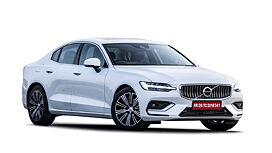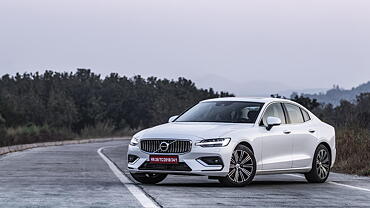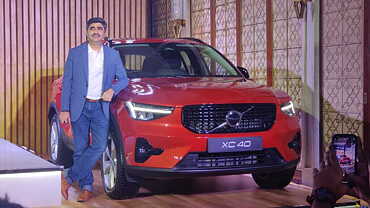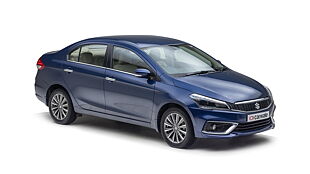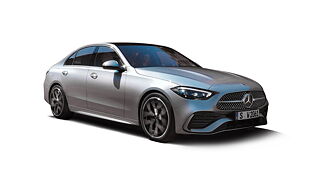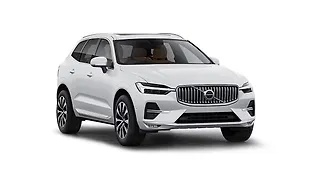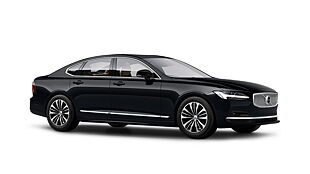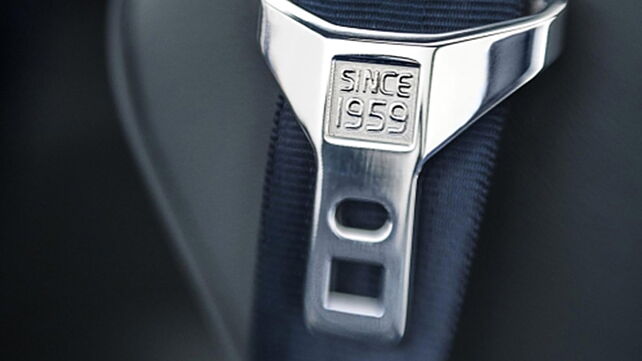
Obsessed with Safety
Volvo was one of the first manufacturers to offer a three-point, retractable seatbelt as a standard on their cars beginning in 1959. Unlike many other manufacturers who offered this lifesaving device as a paid extra ‘feature’, Volvo added to it their whole international range of cars – and thus began decades of obsession with making motoring safer for everyone.
This rather simple looking, but actually quite complex, device has been attributed to saving more than a million lives since its introduction in cars – and slow acceptance as a norm by societies everywhere. By some estimates, the seatbelt has reduced crash fatalities by almost half! And over the past 61 years it is estimated to have saved over a million lives.

Now, Volvo is looking forward to saving even more lives through a raft of new technologies being implemented in its cars. Here’s a brief look at the safety systems Volvo has incorporated in its cars over the years:
1959: Three-point safety belt
1991: Side Impact Protection System
1998: Whiplash Protection System
1998: Inflatable curtain airbags
2002: Roll-Over Protection System
2003: Blind Spot Information/Alert
2008: City Safety

2010: Pedestrian detection with autonomous braking
2018: Oncoming crash mitigation by braking
2020: Speed Cap
Speed Cap: One the latest safety initiatives taken by Volvo is to cap the maximum speeds on all their cars to 180kmph. Since many countries have a speed limit much lower than 180kmph, it makes no sense to have cars which can attain speeds greater than that. Lower speeds improves reaction times and can make the difference between life and death.

Highway Pilot: All new Volvo cars will have LiDAR sensors and cameras which will make them ready for ever improving autonomous driving abilities. For now, these systems can keep the cars in their lane, speed up and slow down with traffic at various speeds, avoid crashes by braking or steering away etc. but require the driver to be alert at all times. It is expected that the systems will improve over the years and can be easily implemented in all Volvo cars via over-the-air updates.
Driver monitoring cameras: Distracted and drunk driving is an issue which has proven difficult to monitor and prevent. With the help of on-board cameras monitoring the driver, along with other sensors, Volvo cars will be able to detect these situations and take appropriate actions – and thus save lives.

Care Key: To be introduced to Indian customers in the all-new Volvo S60 sedan, the Care Key is a secondary special key which can be programmed to lower speed limits. This will help make sure younger drivers are not enticed to drive quicker than their abilities and reduce the stress of new drivers who may be worried about losing control.
With these existing and future safety systems, Volvo hopes to make roads around the world a safer space to be on and around.
